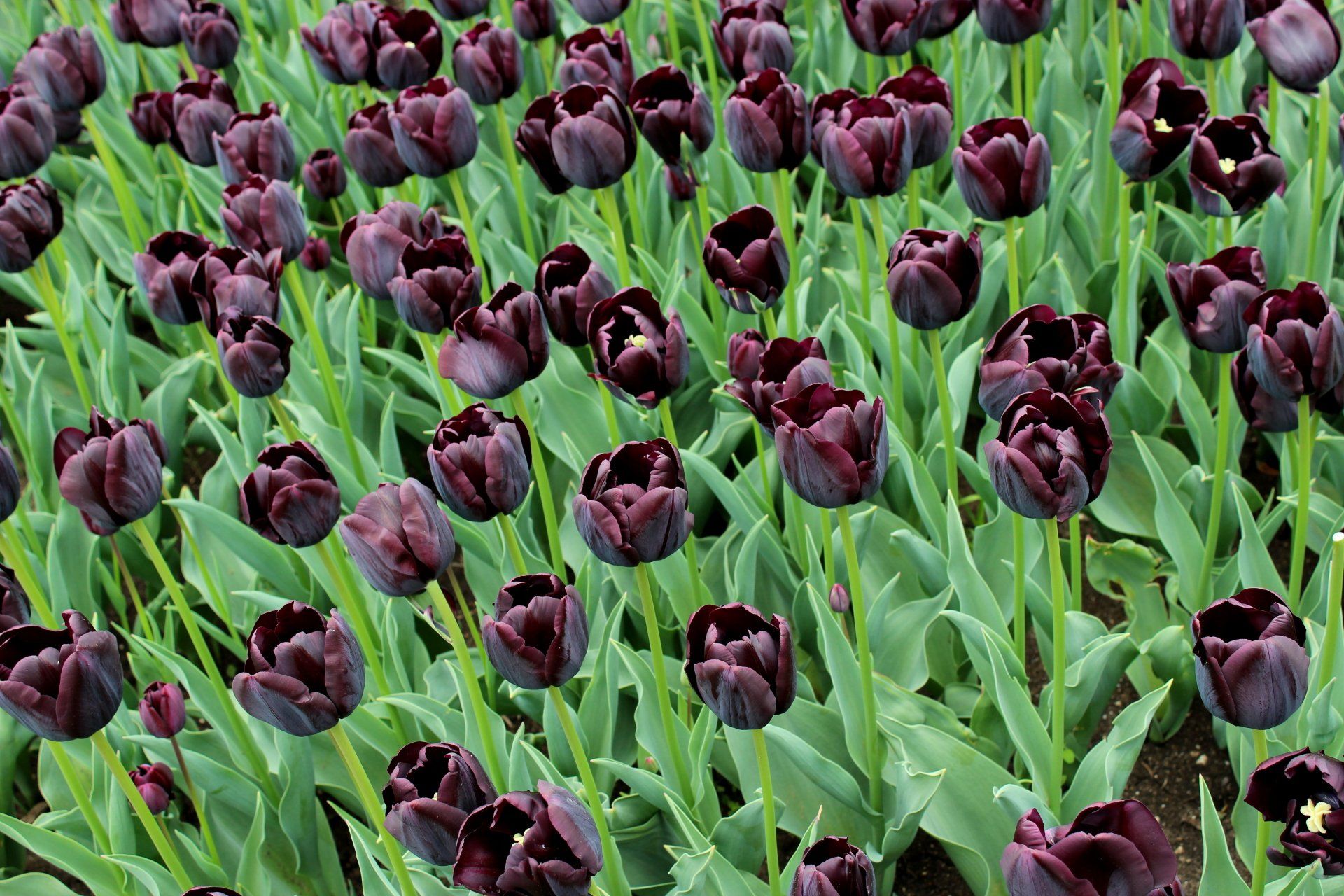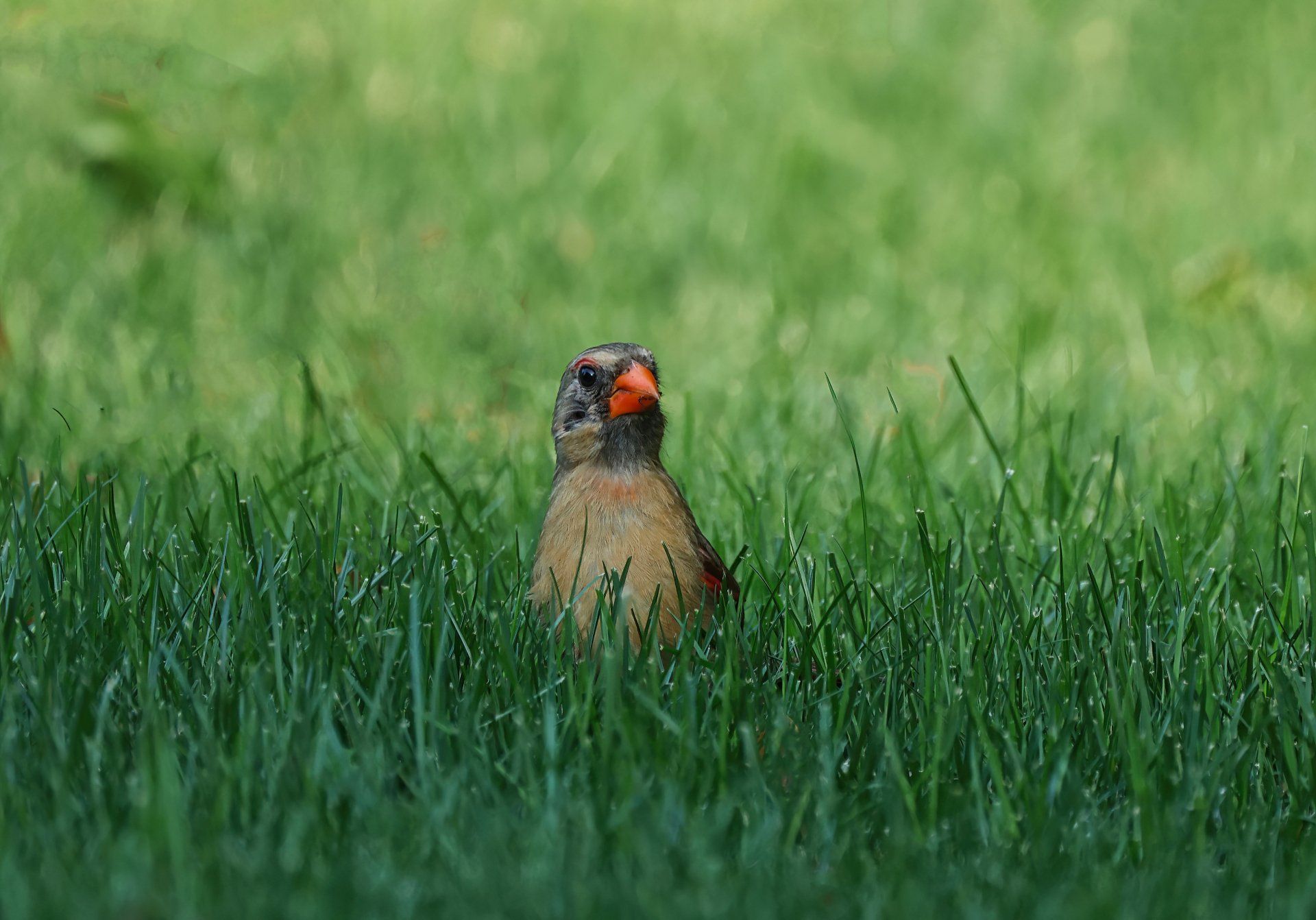What You Need to Know About Ornamental Grasses
What You Need to Know About Ornamental Grasses
Ornamental grasses add height, texture, motion, and visual interest to any landscape. They are available in a variety of shapes, colors, and sizes. Just a few years ago, ornamental grasses had been thought of as a novelty and were used mostly by professionals in the industry and experienced gardeners; however, their popularity as low-maintenance and eco-friendly have grown, and they are now found in gardens and in pots all over the world. If you're thinking about the addition of some or all of them to your landscape, our knowledgeable experts can assist you in choosing the most appropriate grass species to fit your specific landscape and offer you great suggestions on how to ensure they'll continue to flourish.
How to Grow Ornamental Grasses
Ornamental grasses are extremely robust and are able to thrive in a wide range of conditions of soil. They are generally drought-tolerant and are free of diseases and insects and can blend well with other plants and flowers. Maximize your satisfaction and investment by learning how to cultivate these plants, and do not forget to include lighting for the landscape to display your garden in the evening.
When to Plant
The annual grasses must be planted in spring but can only last for one season of growth. Perennial grasses can be planted either in the fall or the spring and will keep coming back every year.
Where to Plant
The two most important considerations when choosing a place are the availability of sunlight and water that is in line with the requirements of the grass you intend to plant. Many varieties prefer full sun; however, there are some that can tolerate or prefer partly sunny or shaded areas.
Growth Habits
Start with planting your grasses at the same height as they were when they were in the pot to prevent the pooling of water, and then spacing them according to their entire size. Some ornamental grasses form groups, while others are spread, and while the former is great for filling an area that is large and empty, they may become invasive.
Additional Tips
- To maximize visual impact, Plant your clumping grasses in three groups.
- If a clump gets too large or the middle area is not bare, dig it up during spring and split the root ball prior to planting it again.
- In the days before new growth starts to emerge in the spring, cut back your grass to between 4 and 6 inches tall.
Caring for Your Decorative Grasses
Fertilization
Apply a slow-release fertilizer in the spring when it is required, but be sure to soak it thoroughly. In keeping the nitrogen level low, you will prevent the grass from slipping over and keep the leaves vibrant and healthy.
Watering
It is essential to water plants well in the first year they are planted for them to establish a strong root system. Established plants will only require additional watering in times of drought; however, the precise requirements will differ based on the specific plant species.
Weed Control
Keep weeds at bay on your lawn by applying mulch. It can also aid in preventing unintentional seeding.
Tips for Choosing the Right Ornamental Grasses
- Select grasses that are appropriate to the soil and light conditions that surround your property.
- The tall grasses are a great ornamental plant to provide privacy.
- Warm-season grasses are able to begin growing later in spring, to the time of the first frost, while cool-season grasses tend to expand from late winter into the beginning of summer.
Ready to work with Landscaping Charm Experts Edmonton?
Let's connect! We’re here to help.
Send us a message and we’ll be in touch.
Or give us a call today at 587-600-0612
More Tips, Tricks & Tools











